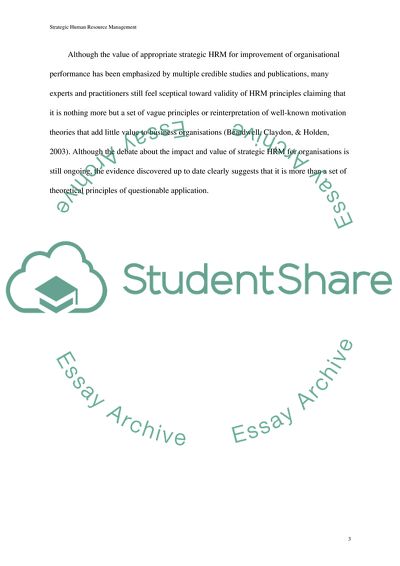Cite this document
(Strategic Human Resource Management Dissertation, n.d.)
Strategic Human Resource Management Dissertation. Retrieved from https://studentshare.org/human-resources/1730506-over-recent-years-there-has-been-great-debate-about-the-impact-of-strategic-human-resource-management-critically-evaluate-the-evidence-that-high-performance-human-resource-practices-lead-to-high-performance-and-successful-results-in-organisations
Strategic Human Resource Management Dissertation. Retrieved from https://studentshare.org/human-resources/1730506-over-recent-years-there-has-been-great-debate-about-the-impact-of-strategic-human-resource-management-critically-evaluate-the-evidence-that-high-performance-human-resource-practices-lead-to-high-performance-and-successful-results-in-organisations
(Strategic Human Resource Management Dissertation)
Strategic Human Resource Management Dissertation. https://studentshare.org/human-resources/1730506-over-recent-years-there-has-been-great-debate-about-the-impact-of-strategic-human-resource-management-critically-evaluate-the-evidence-that-high-performance-human-resource-practices-lead-to-high-performance-and-successful-results-in-organisations.
Strategic Human Resource Management Dissertation. https://studentshare.org/human-resources/1730506-over-recent-years-there-has-been-great-debate-about-the-impact-of-strategic-human-resource-management-critically-evaluate-the-evidence-that-high-performance-human-resource-practices-lead-to-high-performance-and-successful-results-in-organisations.
“Strategic Human Resource Management Dissertation”, n.d. https://studentshare.org/human-resources/1730506-over-recent-years-there-has-been-great-debate-about-the-impact-of-strategic-human-resource-management-critically-evaluate-the-evidence-that-high-performance-human-resource-practices-lead-to-high-performance-and-successful-results-in-organisations.


